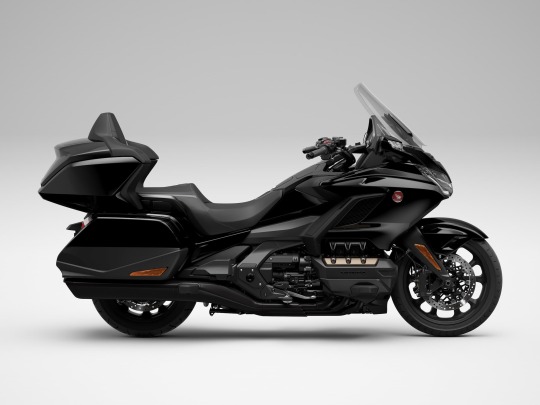#New Honda Gold Wing Tour Photos
Explore tagged Tumblr posts
Text
2023 Honda Gold Wing Tour priced at Rs 39.20 lakhs - Bookings Open
Honda Motorcycle & Scooter India (HMSI) today announced the commencement of bookings for its flagship motorcycle – the Gold Wing Tour. It has been attractively priced at Rs. 39,20,000 (ex-showroom, Gurugram). For nearly five decades, Honda’s legendary flagship touring machine has set benchmarks in long-distance luxury cruising all over the world. The new Honda Gold Wing Tour will make its way to…

View On WordPress
#2023 Gold Wing Tour by Honda.#2023 Honda Gold Wing Tour Launch Price#Bikes in India#Honda Gold Wing Bookings#Honda Gold Wing Tour Price#Honda Gold Wing Tour Price Details#New Honda Gold Wing Tour Photos
0 notes
Text
HMSI Launches Premium Luxury Touring Bike 2021 Gold Wing Tour, Know Price
HMSI Launches Premium Luxury Touring Bike 2021 Gold Wing Tour, Know Price
2021 Honda Gold Wing Tour (Photo Credits – Honda) HMSI has launched its premium luxury touring bike 2021 Gold Wing Tour in India. New Delhi. Two wheeler maker Honda Motorcycle and Scooter India i.e. HMSI said on Wednesday that it has launched a new edition of its superbike Gold Wing Tour in the country. The new model of the bike will be imported from Japan to the Indian market as a CBU…

View On WordPress
0 notes
Text
2021 Honda Gold Wing Tour deliveries begin
2021 Honda Gold Wing Tour deliveries begin
Honda Motorcycle & Scooter India Pvt. Ltd. today commenced the deliveries of its flagship model, 2021 Gold Wing Tour in India. Following all COVID-19 protocols and ensuring the safety of customers, the deliveries were conducted through company’s exclusive premium retail outlets – Honda BigWing Topline in Gurugram (Haryana), Mumbai (Maharashtra), Bengaluru (Karnataka) and Indore (Madhya…

View On WordPress
#2021 Gold Wing Deliveries#Gold Wing Tour Photos#Honda Gold Wing Tour 2021#New Gold Wing Tour Delivery
1 note
·
View note